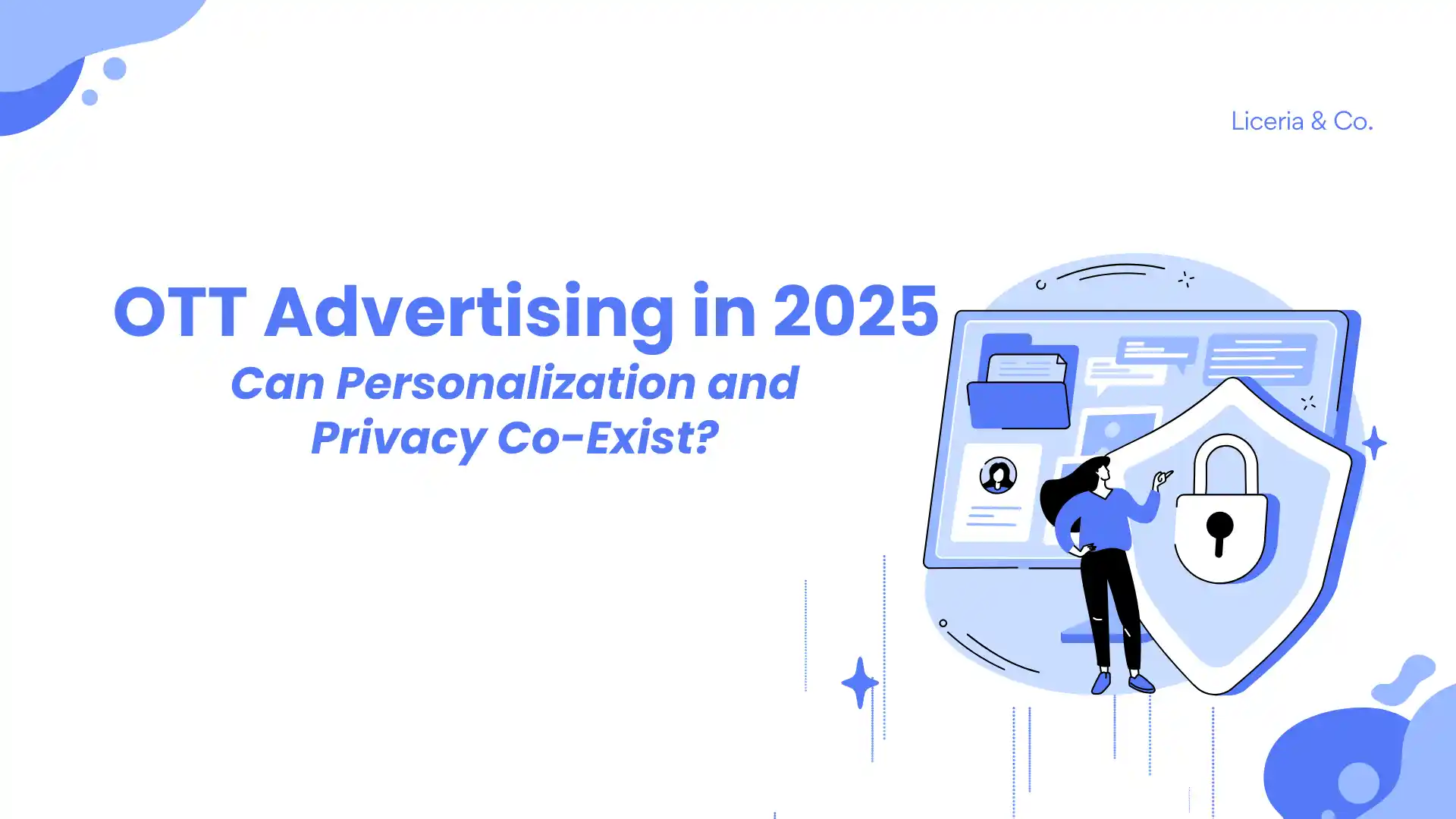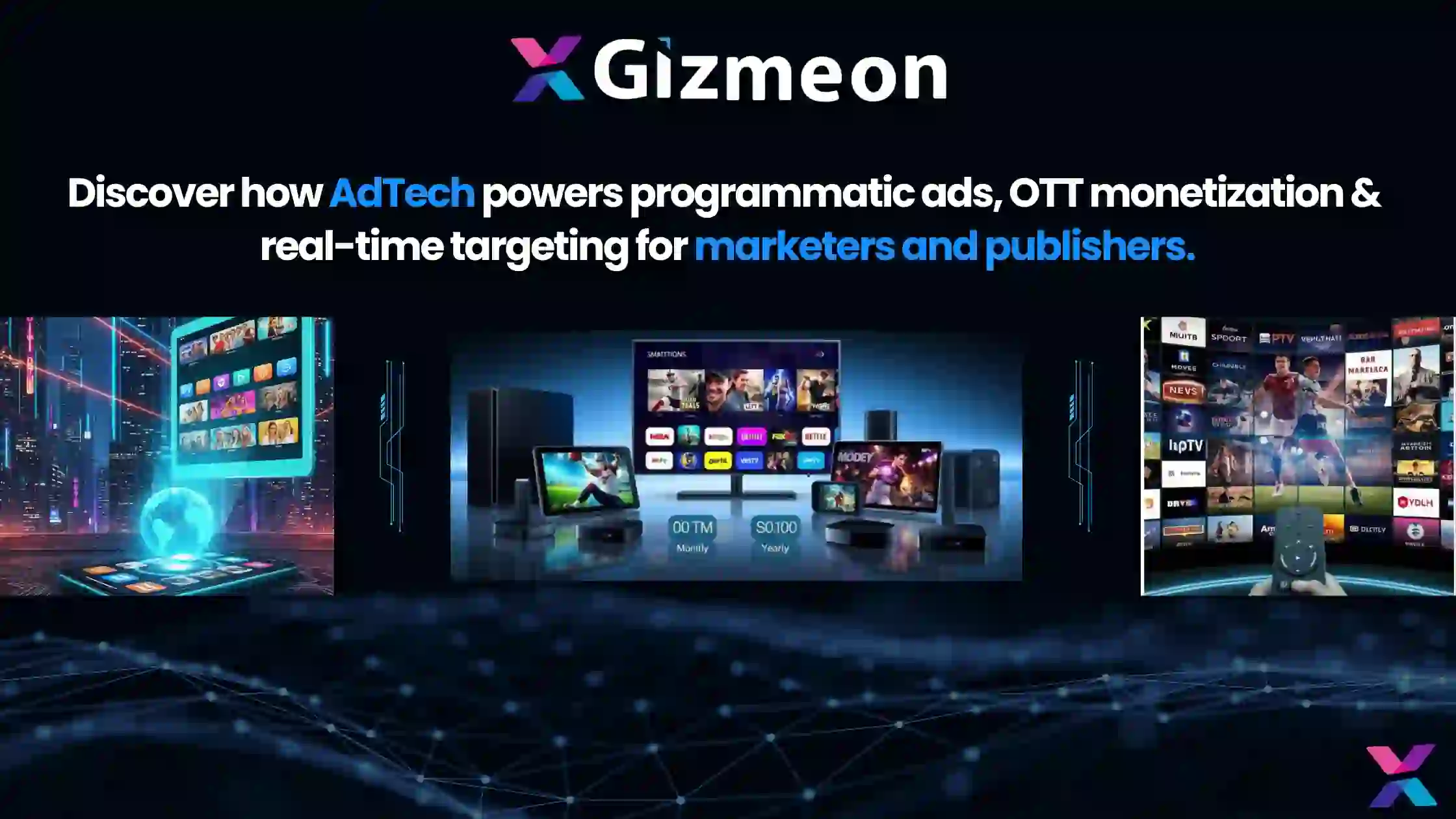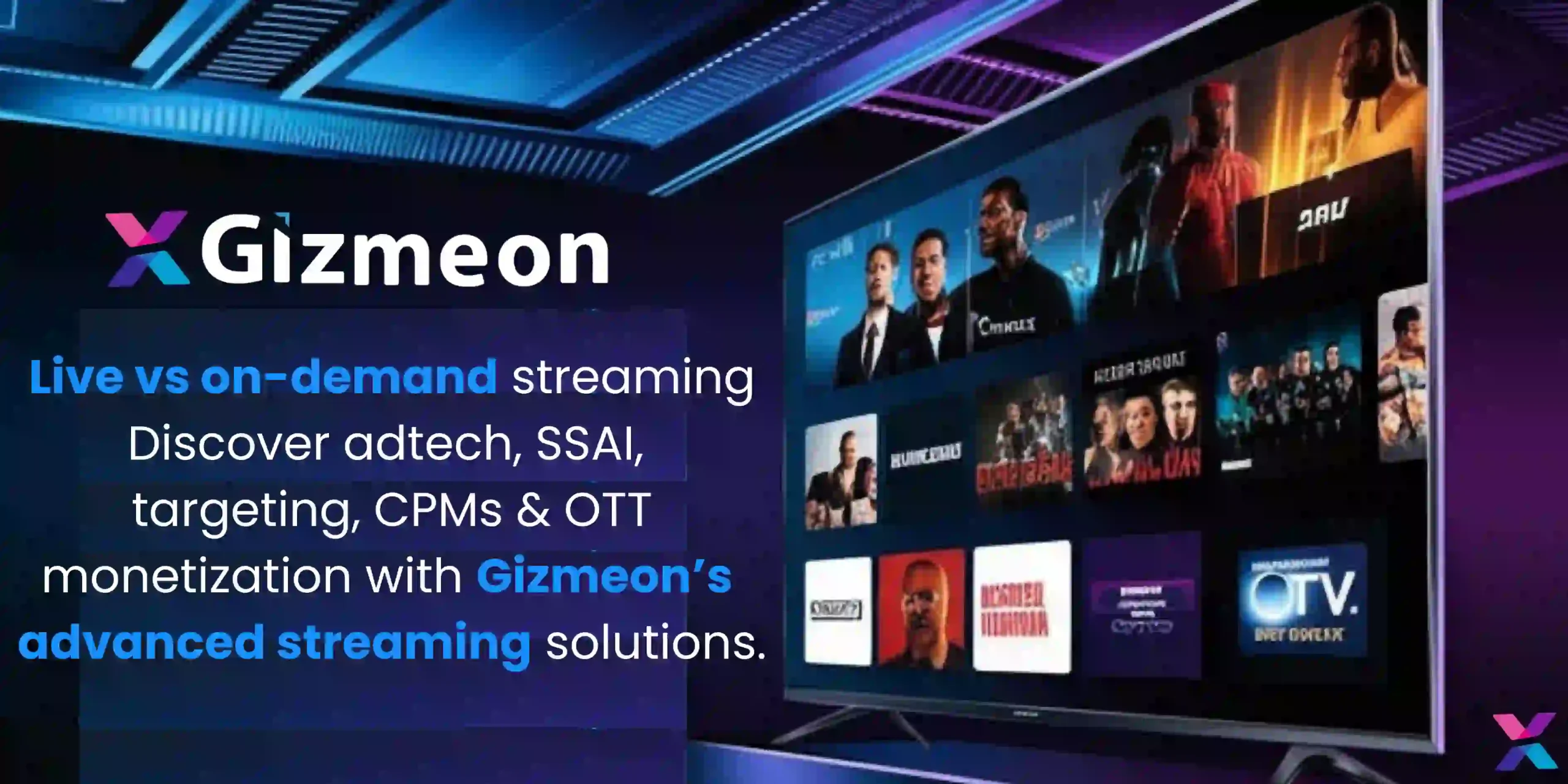Introduction to OTT Advertising, Personalization, and Privacy
OTT advertising (Over-The-Top advertising) is transforming the digital media and streaming world. As streaming platforms like Netflix, Hulu, Disney+, and Amazon Prime Video dominate entertainment, personalized OTT ads, targeted advertising, and addressable advertising are becoming the most powerful tools for marketers. At the same time, concerns about data privacy, consumer trust, and compliance with laws like GDPR and CCPA are increasing.
In 2025 and beyond, more than 70% of advertisers will invest heavily in personalized OTT campaigns while 60% of viewers will prioritize privacy in OTT advertising. The real challenge lies in balancing personalization vs. privacy in OTT advertising without losing audience trust.
What Is OTT Advertising and Why Personalization in OTT Ads Matters
OTT advertising is digital advertising delivered through streaming platforms, bypassing traditional TV. The power of OTT ads lies in:
-
- Targeted advertising in OTT platforms using first-party data.
- Personalized ads in OTT streaming that improve viewer engagement.
- Addressable advertising in OTT that reaches niche audiences.
Research shows that 80% of users prefer personalized ads over irrelevant ads. This means OTT personalization and targeted OTT advertising will continue to dominate future ad spend. However, personalization brings privacy challenges in OTT ads, sparking debate around personalization vs. privacy.
Personalization vs. Privacy in OTT Advertising: The Privacy Paradox
The privacy vs personalization paradox in advertising is at its peak in 2025. On one hand, hyper- personalization in OTT ads increases click-through rates and ROI. On the other hand, consumer privacy concerns about data collection and behavioral targeting create distrust.
personalization in OTT ads increases click-through rates and ROI. On the other hand, consumer privacy concerns about data collection and behavioral targeting create distrust.
-
- Personalization in OTT advertising uses user data, watch history, and device IDs.
- Privacy in OTT advertising demands consent, transparency, and control.
By 2030, experts predict that 85% of global OTT advertising campaigns will face stricter privacy regulations. Still, personalized OTT campaigns are expected to account for $200 billion in ad revenue worldwide, proving that personalization and privacy in OTT ads must co-exist.
High-search keywords repeated: personalization in OTT ads, privacy in OTT advertising, personalization vs privacy in advertising, targeted OTT campaigns, consumer trust in OTT advertising.
Data Privacy Concerns in Targeted OTT Advertising
The biggest issue in OTT targeted advertising is data privacy. Viewers fear how their personal data, browsing patterns, and device information are being tracked.
Top privacy concerns in OTT advertising include:
-
- Third-party data tracking in OTT ads
- Behavioral targeting vs. privacy
- OTT data collection without consent
- Privacy laws for OTT advertising (GDPR, CCPA)
- Third-party data tracking in OTT ads
As data privacy in OTT advertising becomes a top priority, OTT platforms must adopt privacy-preserving personalization methods. By 2027, 70% of OTT advertisers will rely on first-party data advertising instead of third-party cookies.
How OTT Platforms Balance Personalization and Privacy
Contextual OTT Advertising
Instead of using personal data, contextual OTT advertising matches ads with the content being streamed. This approach ensures relevant OTT ads while maintaining viewer privacy.
First-Party Data in OTT Advertising
First-party data personalization in OTT ads is becoming the new standard. OTT platforms collect data directly from subscribers through opt-ins, making personalized OTT campaigns more trustworthy.
Privacy-Preserving Technologies in OTT Ads
Technologies like Universal IDs (UIDs), data clean rooms, and differential privacy allow advertisers to run targeted OTT ads without compromising consumer trust.
By 2035, more than 90% of OTT advertising campaigns will shift to first-party data and privacy-preserving targeting methods, ensuring a balance between personalization and privacy in OTT advertising.
The Role of Consumer Trust in OTT Advertising
Building consumer trust in OTT advertising is essential for long-term success. Transparency, consent management, and clear communication can increase trust and make users more comfortable with personalized OTT ads.
Surveys show that 65% of users are willing to share data if OTT platforms guarantee privacy by design and ethical data usage. This means the future of OTT advertising personalization depends heavily on building trust.
OTT Advertising Trends: Future of Personalization vs. Privacy
Looking ahead, the OTT advertising industry will face major changes:
-
- Rise of Addressable OTT Advertising
By 2030, addressable OTT ads will cover 75% of all digital ad campaigns, delivering precision targeting while maintaining compliance with data privacy laws. - AI-Driven Personalization in OTT Ads
Artificial Intelligence will enable hyper-personalization in OTT advertising by analyzing viewing behavior, predicting preferences, and automating personalized ad delivery. - Privacy-First OTT Advertising Regulations
Global privacy frameworks like GDPR, CCPA, and India’s Digital Data Bill will dominate OTT ad compliance by 2026, forcing platforms to adopt privacy-preserving advertising technologies. - Shift Toward First-Party Data Advertising
By 2028, more than 80% of advertisers will depend on first-party OTT data for ad targeting, ending reliance on third-party cookies.
- Rise of Addressable OTT Advertising
Strategies for Ethical Personalization in OTT Advertising
To succeed in balancing OTT personalization vs. privacy, companies must:
-
- Adopt privacy by design in OTT advertising.
- Implement transparent consent mechanisms.
- Focus on contextual OTT advertising and first-party data strategies.
- Use privacy-preserving technologies like UIDs and clean rooms.
- Build consumer trust in OTT personalization through transparency.
These strategies ensure compliance while keeping targeted OTT advertising effective.
Conclusion: The Future of Personalization vs. Privacy in OTT Advertising
The debate on personalization vs. privacy in OTT advertising is far from over. Personalized OTT ads are the future of digital marketing, but consumer data privacy in OTT ads is equally important.
By balancing targeted advertising in OTT platforms with privacy-preserving personalization, marketers can build consumer trust, improve ad effectiveness, and future-proof their strategies.
In the next decade, OTT advertising with personalization and privacy compliance will become the global standard—ensuring that OTT platforms, advertisers, and consumers all win in the battle of personalization vs. privacy in OTT advertising.
About Gizmeon and Gizmott
Gizmeon is a leading technology and digital transformation company specializing in advanced solutions for media, entertainment, and OTT businesses. Its flagship OTT platform, Gizmott, helps media companies, broadcasters, and content creators launch their own all-in-one OTT video streaming platform with features like monetization tools, targeted advertising, live streaming, FAST channels, and advanced analytics.
With Gizmott, businesses can deliver personalized OTT experiences while ensuring data privacy, security, and compliance with global standards. Gizmeon’s expertise in OTT advertising, personalization strategies, and privacy-first solutions makes it the trusted partner for brands navigating the future of streaming.




